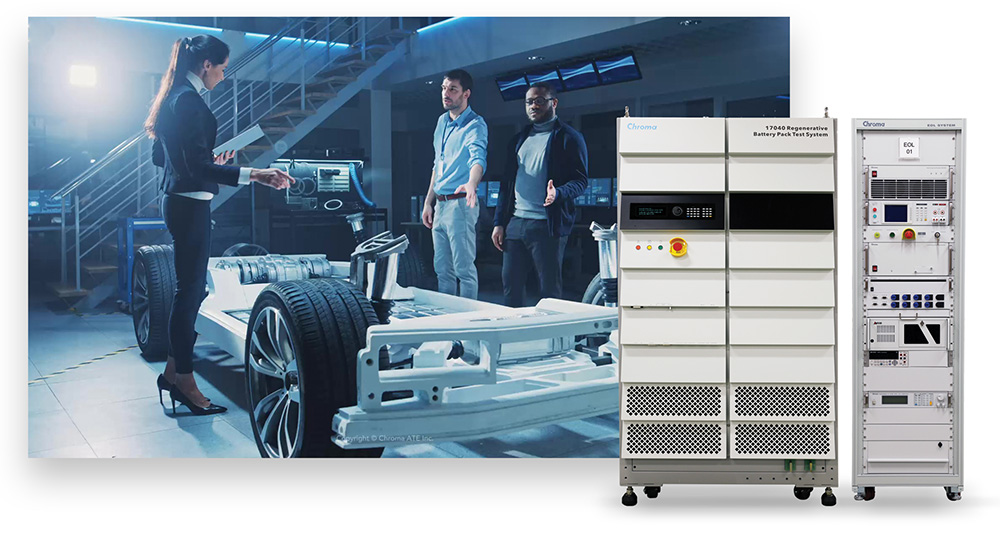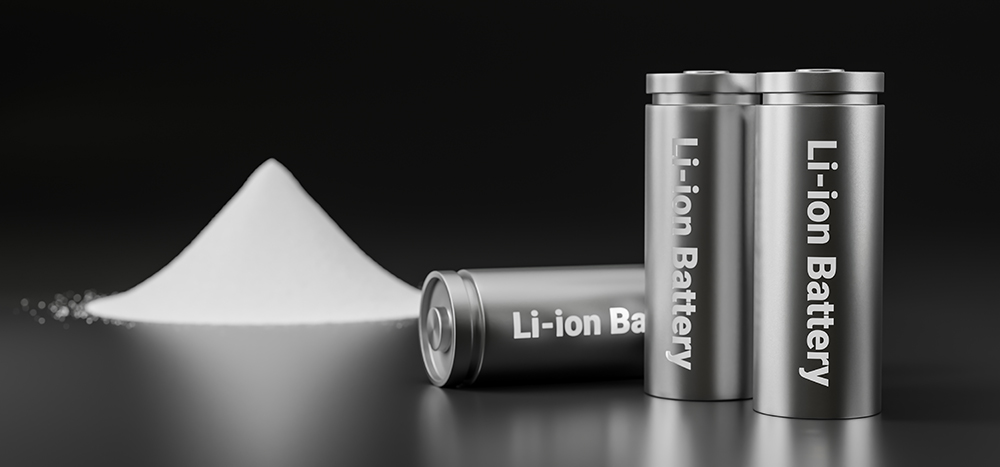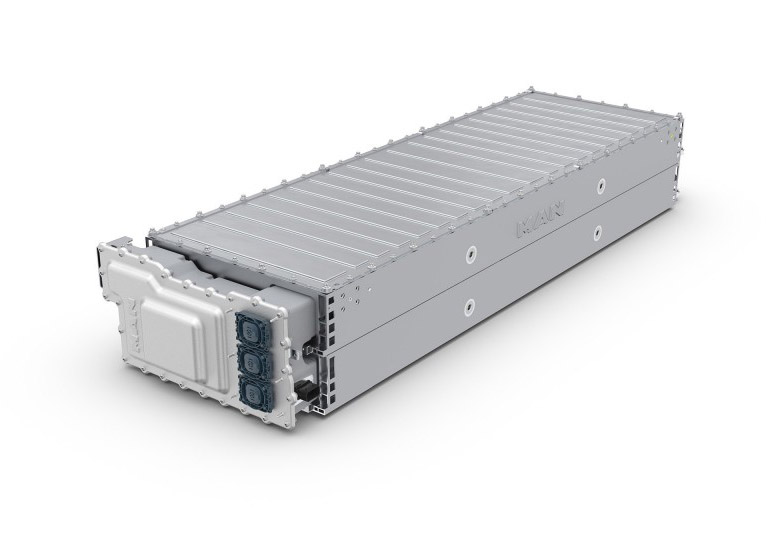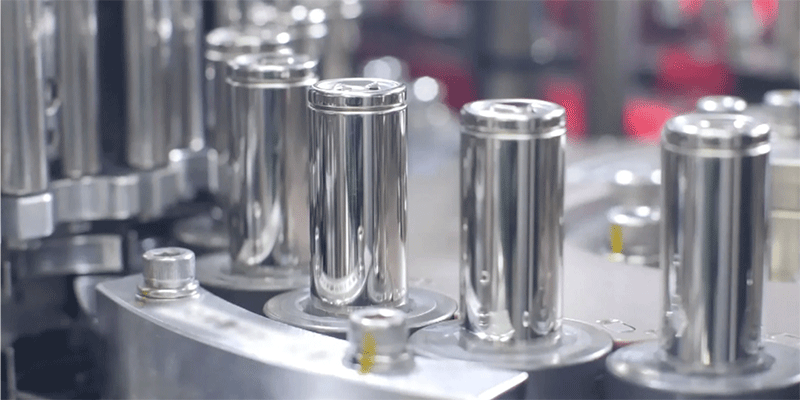[ad_1]
The emerging growth of the EV market has created significant challenges to battery manufacturers on how they test and validate the functionality of battery modules and packs effectively and efficiently, especially during high voltage tests. It is also critical while manufacturing to adhere to associated test standards and regulations during the test phases.
The four primary test phases with associated test functionalities and systems:
- Sub-Module Welding Test: Quality verification on welding for the battery sub-modules
- Module-level End-of-Line (EOL) Test: Functional verification for the individual battery modules under a systematic test
- Automatic Test System (ATS) for module-level In-Line (IL) Test: Functional verification for the all battery modules under a systematic test before installing the external enclosure
- Automatic Test System (ATS) for pack-level End-of-Line (EOL) Test: Functional verification for production battery pack prior to the release to the vehicle assemble
These test phases and systems shown above have created several technical and logistic challenges. Based on the years of experience in assisting the OEM customers around the world in testing battery modules and packs, Chroma ATE discusses in detail the top five challenges of automated pack level end-of-line battery testing.
[ad_2]
Source link




